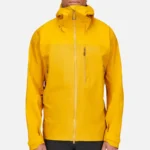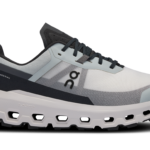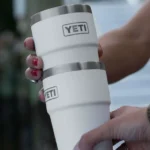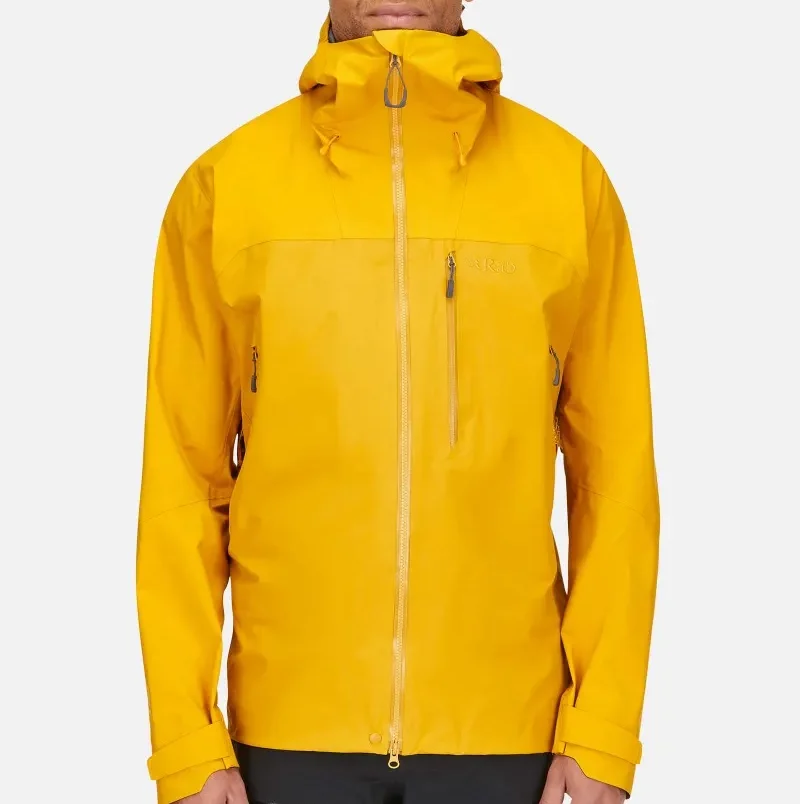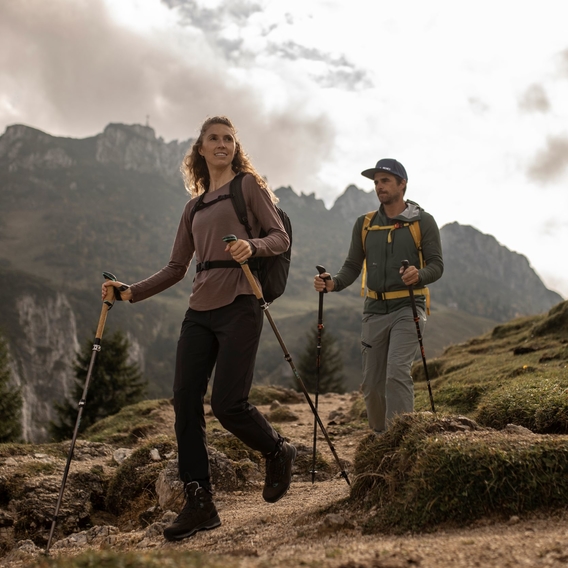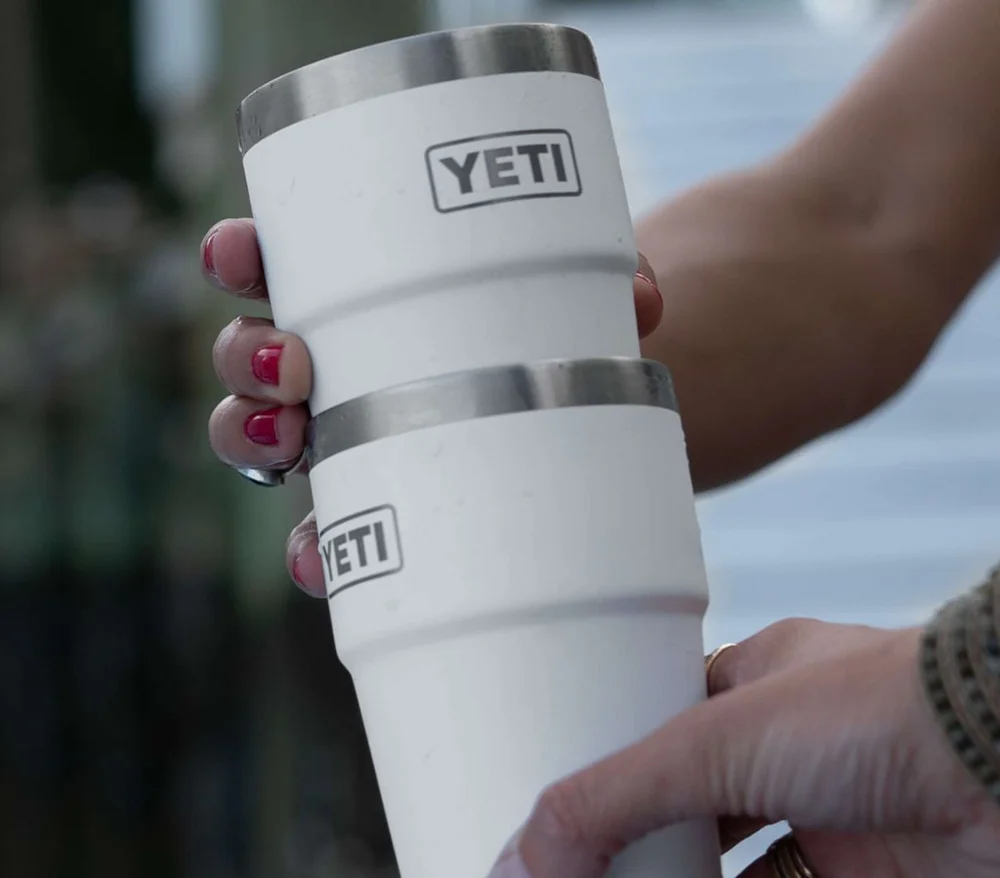
Introduction: A Legacy of Simplicity and Reliability
The Nalgene Widemouth Water Bottle is one of the most recognisable pieces of outdoor gear ever made. With its simple design, bombproof construction, and cult following among hikers, climbers, and campers, it’s become a staple in backpacks around the world.
Originally developed for laboratory use, the Nalgene bottle was adopted by outdoor enthusiasts in the 1970s and hasn’t changed much since. But in a world of insulated flasks, collapsible bottles, and hydration bladders, does the classic Nalgene still hold up?
We tested the 1-litre Widemouth version across hikes, bikepacking trips, and daily use to find out.
Key Specifications
| Feature | Details |
|---|---|
| Capacity | 1 litre (32 oz) |
| Material | BPA-free Tritan™ plastic |
| Weight | 178g (empty) |
| Dimensions | 21.5 cm tall x 8.9 cm diameter |
| Mouth Opening | 63 mm (wide mouth) |
| Temperature Range | -40°C to 100°C |
| Dishwasher Safe | Yes (top rack) |
| Made In | USA |
| Price | £15–£20 (varies by retailer) |
Design and Build Quality
The Nalgene Widemouth is the definition of functional design. It’s made from Tritan™ plastic, a BPA-free material that’s incredibly durable, impact-resistant, and taste-neutral. The bottle has a cylindrical shape with flat sides, making it easy to grip and pack.
The wide mouth opening is one of its signature features. At 63mm, it’s large enough to:
- Add ice cubes
- Fill from streams or taps
- Clean easily by hand or brush
- Fit most water filters (like the MSR MiniWorks or Sawyer Squeeze with adapter)
The screw-on lid is attached with a durable loop that doubles as a carry handle or carabiner clip. The threads are chunky and reliable, and the bottle has never leaked in our testing—even when tossed into a pack sideways.
Capacity and Weight
At 1 litre, the Nalgene Widemouth hits the sweet spot for most day hikes and overnight trips. It’s large enough to carry a meaningful amount of water, but not so big that it becomes unwieldy.
Weighing just 178g empty, it’s significantly lighter than insulated bottles or stainless steel flasks. For ultralight hikers, it’s not the lightest option available (soft flasks and Smartwater bottles are lighter), but it offers a much better balance of durability, usability, and longevity.
Durability and Longevity
This is where the Nalgene really shines. It’s virtually indestructible. We’ve dropped it on rocks, frozen it solid, and left it rolling around in the back of a van for weeks. It still looks and functions like new.
The Tritan plastic doesn’t crack or warp, even in extreme temperatures. It’s also stain-resistant and doesn’t retain flavours—so you can switch from electrolyte mix to plain water without lingering taste.
Many users report using the same Nalgene bottle for 5–10 years or more, making it one of the most sustainable choices in the long run.
Everyday Use and Versatility
The Nalgene Widemouth isn’t just for hiking. It’s equally at home:
Its wide base makes it stable on uneven surfaces, and the graduated markings (in ml and oz) are useful for measuring water for cooking or mixing drinks.
It also fits well in:
- Most backpack side pockets
- Bottle cages with a strap or adapter
- Car cup holders (in some larger vehicles)
Cleaning and Maintenance
Thanks to its wide mouth and simple shape, the Nalgene is easy to clean. It’s dishwasher safe (top rack), but also easy to rinse out in the field. There are no hidden crevices or seals to trap bacteria.
The loop-top lid can be removed for deep cleaning, and replacement lids are widely available if needed.
Environmental Impact and Sustainability
Nalgene bottles are made in the USA using BPA/BPS-free Tritan plastic, and the company has made strides in reducing its environmental footprint. The bottles are:
- Recyclable (check local guidelines)
- Long-lasting, reducing single-use plastic waste
- Compatible with tap water, reducing bottled water use
While not biodegradable, their durability and reusability make them a more sustainable choice than disposable bottles or cheap knockoffs.
Limitations and Trade-Offs
No product is perfect, and the Nalgene Widemouth has a few limitations:
Not Insulated
It won’t keep drinks hot or cold for long. In summer, water can warm up quickly. In winter, it can freeze if left outside. For temperature-sensitive use, consider pairing it with an insulated sleeve or using a double-wall bottle.
Wide Mouth Can Splash
Drinking on the move (especially while walking or driving) can be messy. The wide opening makes it easy to spill if you’re not careful. Some users add a splash guard insert to solve this.
Doesn’t Fit All Cup Holders
Its wide base doesn’t fit in standard car cup holders or some bike cages without an adapter.
Popular Accessories
To get the most out of your Nalgene, consider these add-ons:
- Humangear CapCap – Adds a smaller spout for easier drinking
- SplashGuard Insert – Reduces spills from the wide mouth
- Insulated Sleeve – Helps retain temperature and prevents freezing
- Paracord Handle – Adds grip and carry options
- Replacement Lids – Available in multiple colours and styles
Comparison: Nalgene Widemouth vs Hydro Flask Standard Mouth
| Feature | Nalgene Widemouth | Hydro Flask Standard Mouth |
|---|---|---|
| Capacity | 1L (32 oz) | 621ml (21 oz) |
| Weight | 178g | 340g |
| Material | Tritan plastic | Stainless steel |
| Insulated | No | Yes (TempShield™) |
| Price (UK) | £15–£20 | £30–£40 |
The Nalgene is lighter, cheaper, and more versatile for outdoor use. The Hydro Flask keeps drinks cold or hot but is heavier and more expensive.
Final Verdict: Is the Nalgene Widemouth Still Worth It?
Absolutely. The Nalgene Widemouth Water Bottle remains one of the best all-purpose bottles for outdoor use, daily hydration, and travel. It’s not insulated, but it makes up for that with simplicity, durability, and unbeatable value.
Whether you’re hiking in the Highlands, commuting to work, or camping off-grid, the Nalgene is a reliable, no-fuss solution that just works.
Rating: 9.5/10


